We recently interviewed Giannis Konstantinidis on how he uses Fedora. This is part of a series on the Fedora Magazine where we profile Fedora users and how they use Fedora to get things done. If you are interested in being interviewed for a further installment of this series, you can contact us on the feedback form.
Who is Giannis Konstantinidis?
Giannis Konstantinidis is a 20 year old student at the University of the Aegean on Samos Island, Greece. He is studying in the Department of Information & Communication Systems Engineering. Giannis occasionally works as a freelance front-end web developer. He has a passion for for free and open-source software. He started with Linux using Mandriva in 2008, but settled on Fedora a year later.
Fedora Community
Konstantinidis first became involved in the Fedora community in December 2009. At the age of fourteen, he became a Fedora Ambassador. Giannis said, “It’s exciting to be one of the youngest people to have ever joined the project, and especially the Ambassadors.” Giannis represents the Fedora community at events and conferences both domestically and abroad. He gives presentations, runs workshops, and organizes event booths. His focus is on community building in the Europe, Middle East, and Africa (EMEA) region with a focus on the Balkans region.
“One of the communities I enjoy supporting (in every way possible) is the Albanian community. It might be a recent one, but it is very active, well-connected and organized,” says Konstantinidis. For the past several months he has been leading the bi-weekly EMEA Ambassadors meetings on IRC. Konstantinidis was elected in the December 2015 elections to the Fedora Ambassador Steering Committee (FAmSCo). He is currently acting as the FAmSCo chair.
Konstantinidis wanted to send a message to fellow students to contribute back to free and open source software. “You don’t need to be a coder or have technical knowledge. You don’t have to be an expert in your field either, you can learn as you go. In free and open source software communities, there are people from all backgrounds that will be more than happy to help you get started,” stated Konstantinidis.
When asked to name one person who influenced his decision to contribute to Fedora, Giannis said, “That would be Christos Bacharakis, a long time Fedora contributor. I’d like to give a big shout-out to him. I first met Christos and several other Greek contributors about 7 years ago. It all started when I visited Infosystem in 2009, a large IT-related conference back then. Christos has been acting as a source of inspiration and motivation for people that want to get started with open source. He is always around to help and mentor other people. It has been my pleasure working with him during these years.”
What hardware?
“Since I’m a student on a limited budget,” Giannis says, “there isn’t any space for expensive hardware.” For most of his work, he uses a custom-built desktop PC with a Gigabyte GA-F2A88XM-HD3 motherboard paired with an A10-5800K CPU, 8GB of Corsair Vengeance LP DDR3 memory, and a 120GB Kingston V300 SSD drive. His desktop is paired with two Philips 223V5 22″ LCD monitors. Konstantinidis opines, “I love dual-monitor setups, as they do increase my productivity.”
When Giannis is away from his office, he uses a Lenovo G500 laptop with an Intel Pentium B960 processor, 8 GB of RAM, and another Kingston V300 120GB SSD. Konstantinidis says, “Fedora boots up in almost 5 seconds.”
What software?
Giannis runs Fedora 23 on both his desktop and laptop. His preferred desktop environment is GNOME. Giannis continues, “It’s innovative, has a pleasant UX, and is overall better supported compared to others.”
He uses three main pieces of software: a browser, a text editor and the terminal. His browser of choice is Firefox. Giannis made this choice for three main reasons. “It’s free and open source, it respects my privacy, and it’s backed by Mozilla, the non-profit organization whose mission is to promote openness, innovation and opportunity on the web.” Konstantinidis uses gedit for text editing. He also leverages GitHub, ownCloud, and Open-Xchange as cloud services.

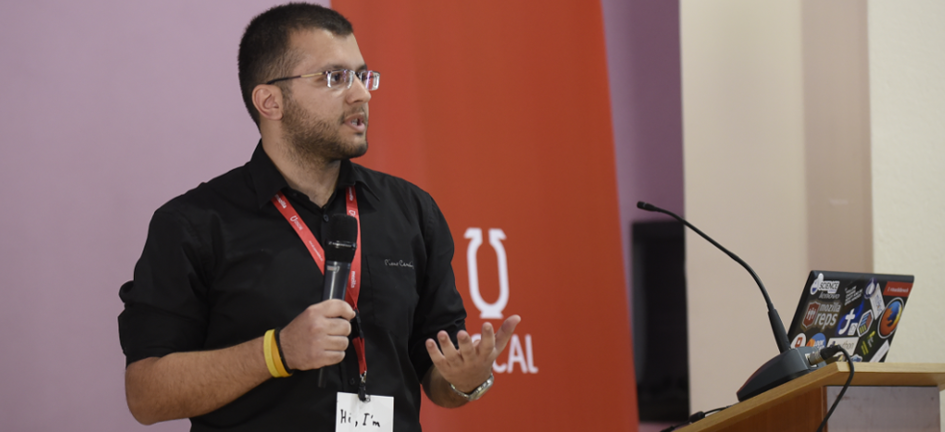






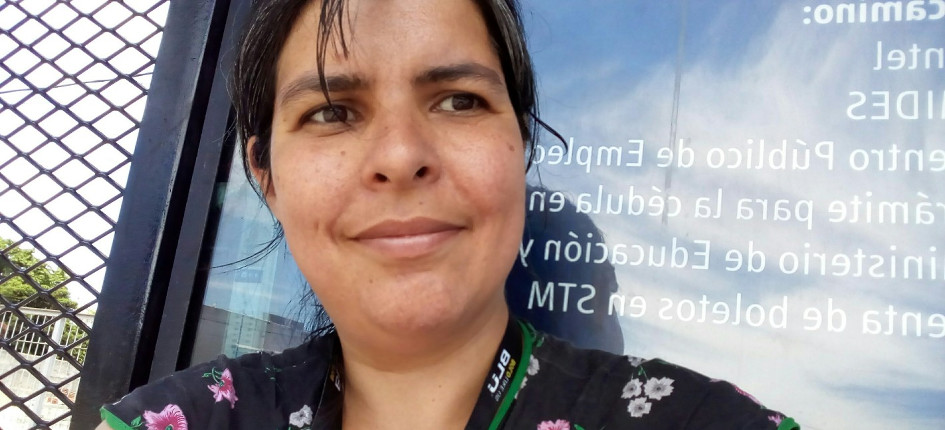
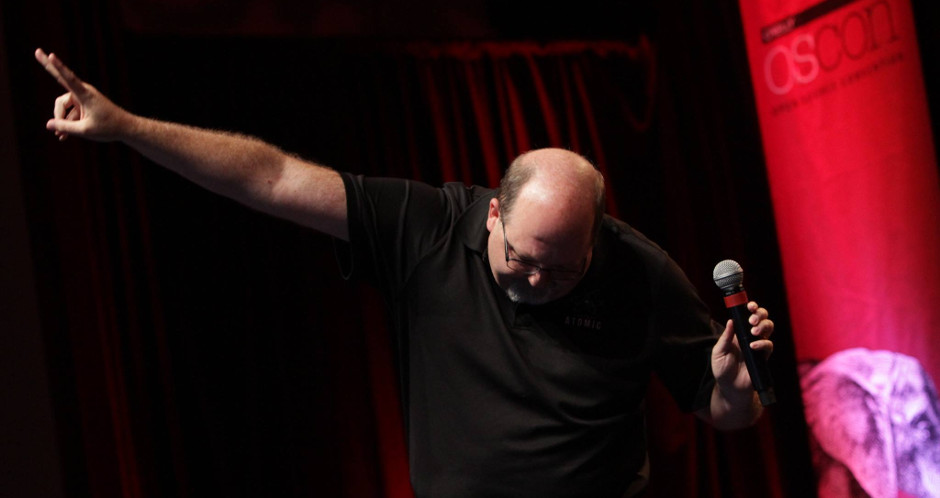


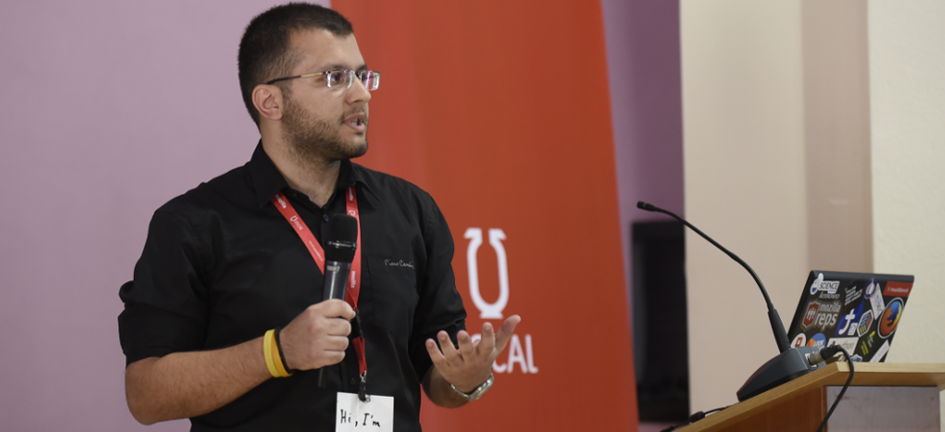


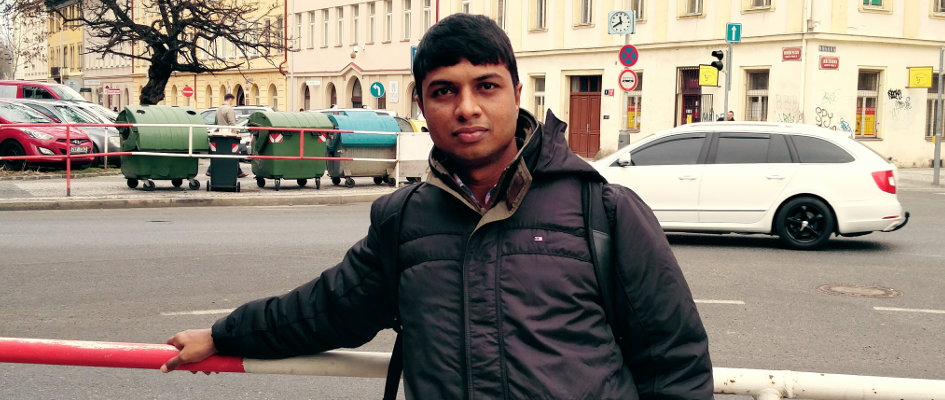
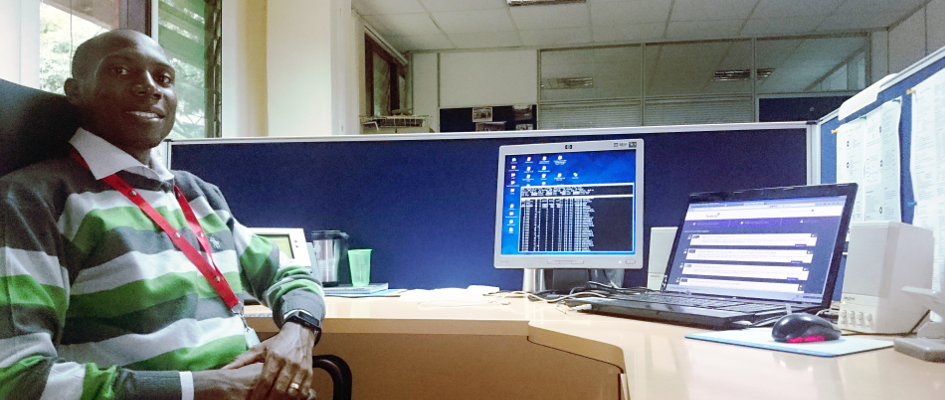
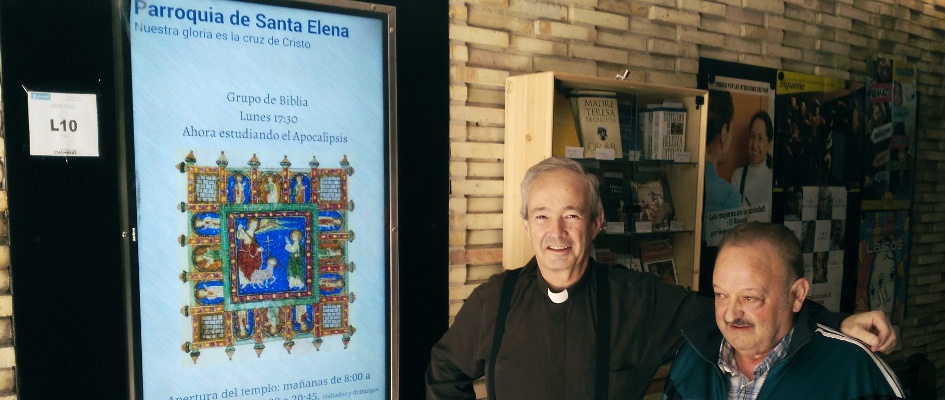
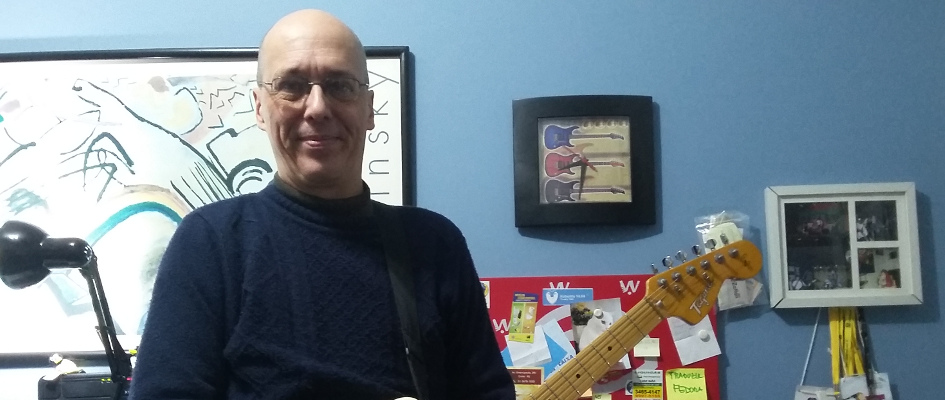

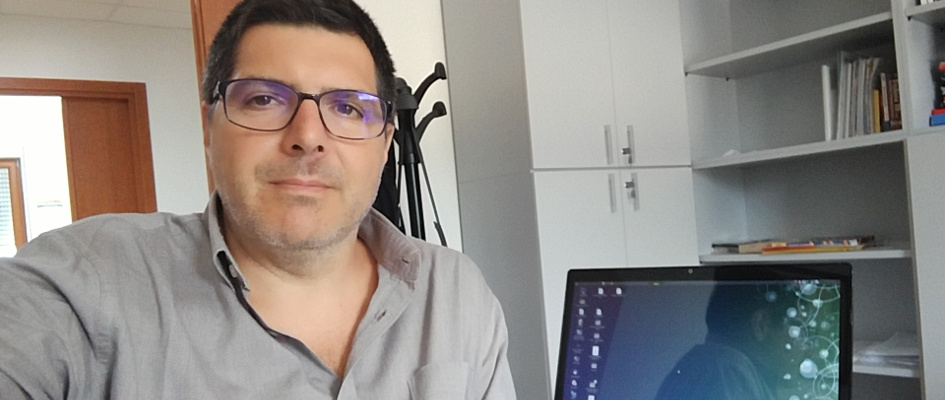



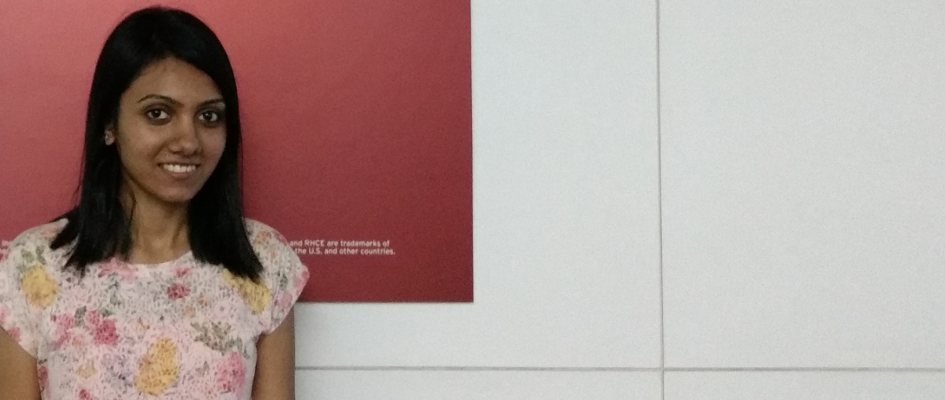



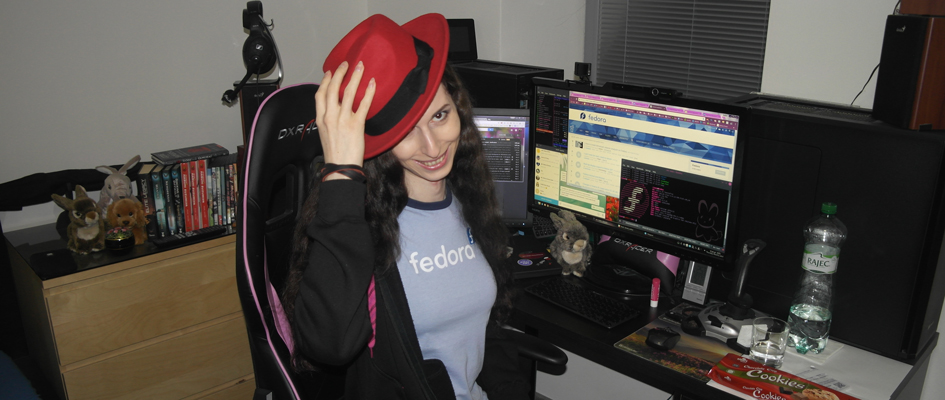

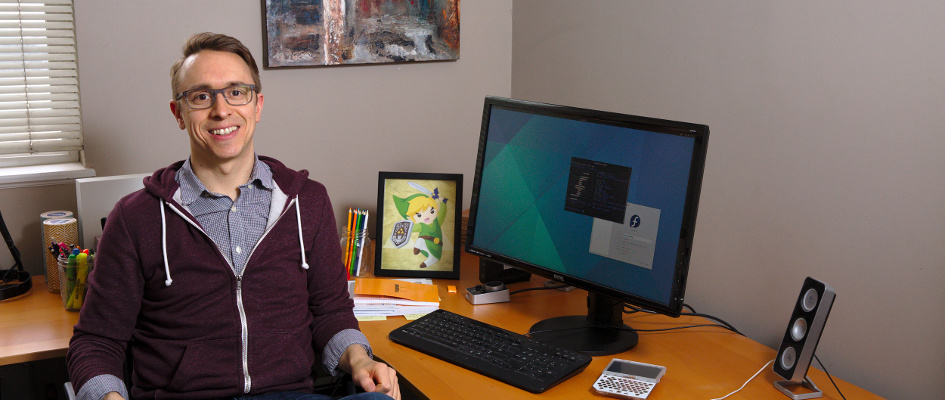
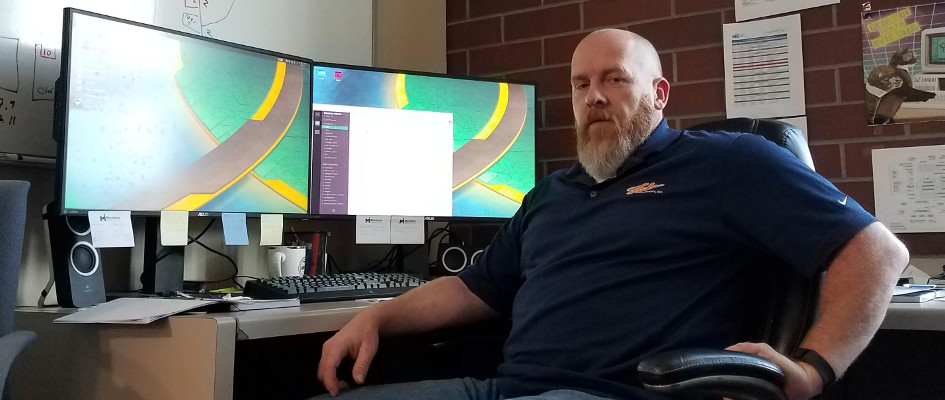
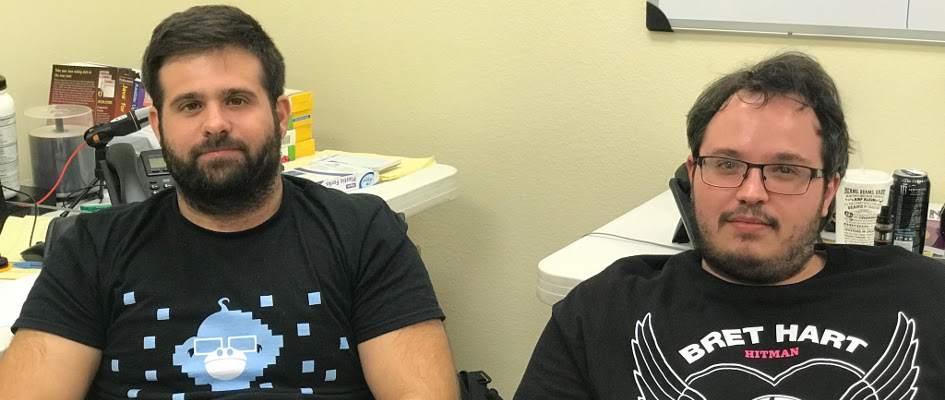
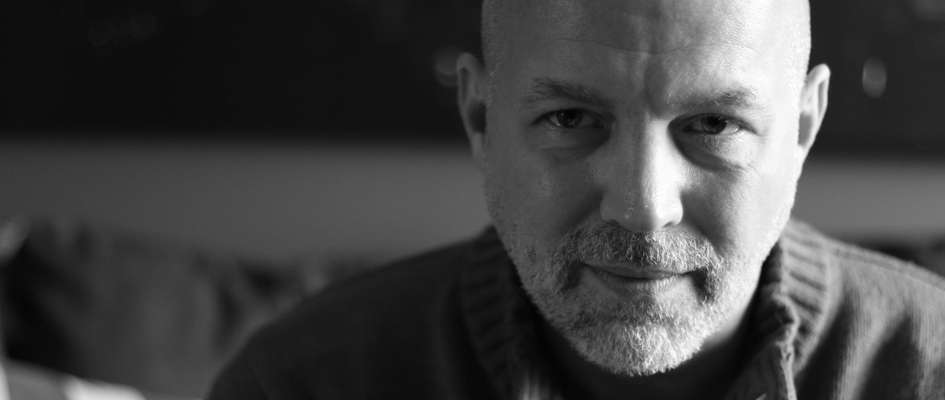
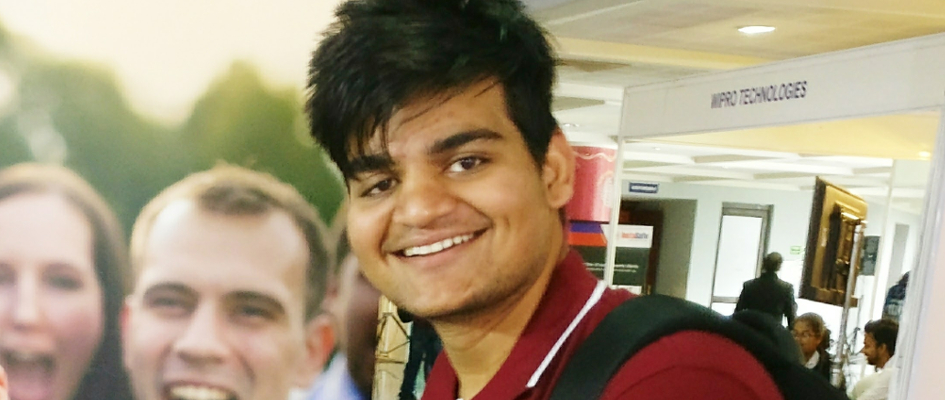


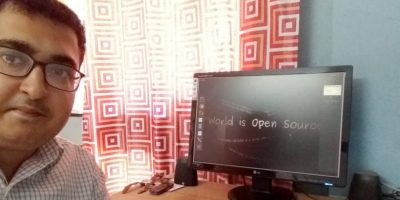





Charlie FG
That sounds like an incredibly interesting department to be studying in. Also, 5 second boot-up is pretty neat!
Chris Low
if hardware is uefi ready then the boot times are way to small compared with bios legacy .
Charlie FG
Right, I’ll have to look into that in more detail and switch off legacy in my firmware. Cheers matey
giannisk
It certainly is. Thanks for your comment. 🙂
If you think that a 5 seconds boot time is neat, you should compare that to my desktop’s; it’s just 3 seconds!
systemd-analyze confirms that.
Jia Yuan Lo
Wow, how do you do that? T.T
My laptop’s firmware and loader times already contributed 6sec load time lol
…and a shout out again, you are a very adventurous user at that small age to become an ambassador using Fedora \o/
I barely know how to use Windows at that age xD
Marc Zweili
I’m a retired mechanical engineer and I’m new to Fedora. I have been running Linux Elementary Os (EOS) for a year or so. Recently I bought Christopher Negus’s Linux Bible, and installed Fedora on my Dell T3400 (256Gb SSD). Although EOS has a very nice desktop I prefer the more professional look and behavior of Fedora. I’m hoping the Linux Bible will help me to improve my skills.
Marc
a Swiss living since 1991 in Quebec, Canada
giannisk
Welcome to the Fedora family. 🙂
Marc Zweili
Thanks for the welcome.
My laptop is converted to Fedora in dual boot with Windows 10. At boot-up Fedora has some problems with the graphics display (10 sec. of dark screen with some strange pixels).
My PC is running two SSD disks, one with dual boot Fedora and Elementary Os and the other with Wnidows 10 pro.
I still need Windows for parametric 3d design (Solidworks) and my Garmin updates.
A.K.
It sounds amzing that getting fedora booted up in 5 seconds! How could it be real?
Rafael Reuber
Are you using two monitors and one laptop? Nice! How can I do it?
giannisk
Hi! I’m using these two monitors w/ my desktop. I have my laptop with me when I’m out of home.
You can still connect your laptop to more than one monitors, provided that it supports multiple displays.
jenggot merah
I Installed my fedora yesterday……and it was nice ^_.
I hope with this operation system is free can to be useful for me.
linux it’s very different from windows, because it’s very easy for use it, example for get additional software you just command on youR LINUX terminal ……. 😀
many kind of linux available I just interest for this OS I Love it ..,.
My hardware currently I use for this OS those are intel core i3-3240 procssor, RAM 8 GB corsair, vga NVDIA SERIES 700,.,., hdd 160 gb saegate.,.desktop AOC.,.,.dvd room LG.,.
doug
I know little about computers. What I do know that I am sick of windows and wanted to try Linux out. Fedora is what I happened upon. I like it but about once a day my screen will scramble. An ideas why?
dave
can someone tell me how to install fedora 23
nicholas
It depends if you’re upgrading from a past version of Fedora or if you’re making a fresh install. The long story short is that writing over Windows is not hard but you’ll delete Windows, which you may need for specific programs. You can dual boot Windows and Fedora on one hard drive, but that’s tricky. You can also swap out hard drives, one with Windows and one with Fedora, which works if you don’t use Windows a lot. I like to have two hard drives in my computer, one for Windows and one for Fedora(Also this lets me use my Windows hard drive for extra storage, because I can access it from Fedora).
Honestly it’s pretty straightforward to install, just make the disk/USB drive, plug it into your computer, and reboot. The installer will take you through step-by-step. The tricky part is making sure you make the Fedora install disk/USB drive right, but if you follow directions it shouldn’t give you any issues.
If you’re updating to Fedora 23 from an older version, this page might help – https://fedoraproject.org/wiki/DNF_system_upgrade